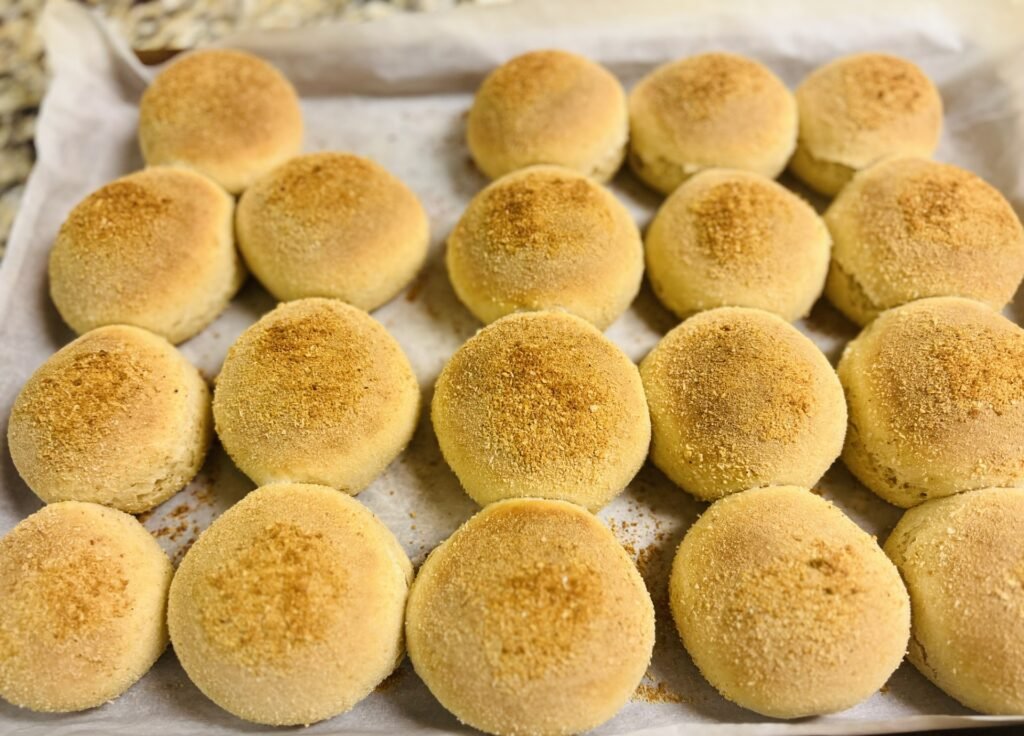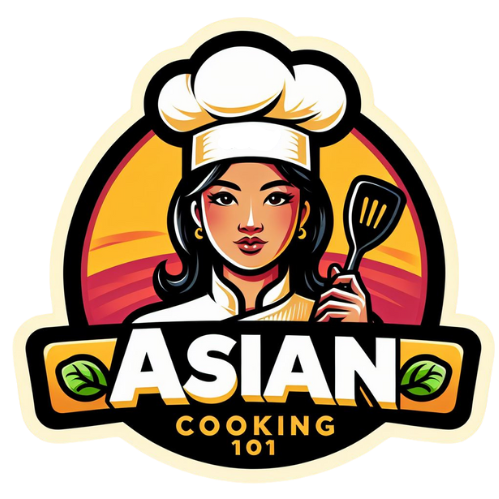Pandesal is more than just bread it’s a staple in Filipino households, a nostalgic comfort food, and a symbol of warm, simple mornings. Whether enjoyed fresh from the bakery or homemade, these soft, slightly sweet bread rolls are a cherished part of Filipino cuisine.
To give you an idea of what pandesal is, let me share a cherished memory. Pandesal is a type of bread usually eaten for breakfast, often partnered with a hot cup of coffee. When I was little, my grandma would wake us up at 5:00 am to walk to the bakery and buy freshly baked pandesal. Why so early? We believed that the bread was at its best right around this time, just as it was being removed from the masonry oven, or “pugon.” This gave us the privilege of picking the biggest and softest ones, still warm and fragrant from the oven.
Pandesal, with its soft and slightly sweet flavor, has become a morning favorite for many Filipinos. This bread holds a special place in our hearts, not just for its taste, but for the memories and traditions it represents. It’s the perfect companion to ube, combining two of the most beloved Filipino flavors into one delightful treat.
A Brief Story about Pandesal
Despite its name, which translates to “salt bread” in Spanish, pandesal is actually slightly sweet. It originated during the Spanish colonial period in the Philippines, influenced by European baking techniques. Over time, Filipino bakers adapted the recipe, creating the soft, fluffy version we know today.

What Makes Pandesal Special?
Pandesal is known for its light, airy texture and golden breadcrumb-coated crust. It’s versatile and can be enjoyed in many ways:
Plain or with butter – A simple yet satisfying breakfast.
Dipped in coffee or hot chocolate – A classic Filipino tradition.
Filled with cheese, jam, or peanut butter – A delicious snack.
Used for sandwiches – Perfect with eggs, ham, or even corned beef.
Pandesal in Filipino Traditions
Breakfast Staple: Pandesal is a beloved breakfast bread, usually enjoyed with coffee or hot chocolate. Families often buy it early in the morning from local bakeries, making it a cherished daily ritual.
Community Connection: The tradition of buying freshly baked pandesal strengthens community ties, as neighbors and friends meet at the bakery, sharing warm conversations and stories.
Pandesal embody the essence of Filipino culture, bringing families and communities closer together. Have you had a chance to enjoy these delightful traditions?
Versatile Comfort: Whether paired with savory fillings like corned beef, scrambled eggs, or sweet spreads like coconut jam, pandesal offers comfort and adaptability. Its soft interior and slightly crisp crust make it the perfect canvas for personal touches, highlighting how Filipino food gracefully balances tradition and creativity.

What Makes Pandesal Special?
Pandesal is known for its light, airy texture and golden breadcrumb-coated crust. It’s versatile and can be enjoyed in many ways:
Plain or with butter – A simple yet satisfying breakfast.
Dipped in coffee or hot chocolate – A classic Filipino tradition.
Filled with cheese, jam, or peanut butter – A delicious snack.
Used for sandwiches – Perfect with eggs, ham, or even corned beef.
Delicious Pandesal Variations to Try
1. Ube Pandesal
3. Malunggay Pandesal
4. Cheese Pandesal
5. Chocolate Pandesal
Give it a try and let me know how you like it! I’d love to hear your thoughts and any variations you come up with. Happy cooking!





Leave a Reply